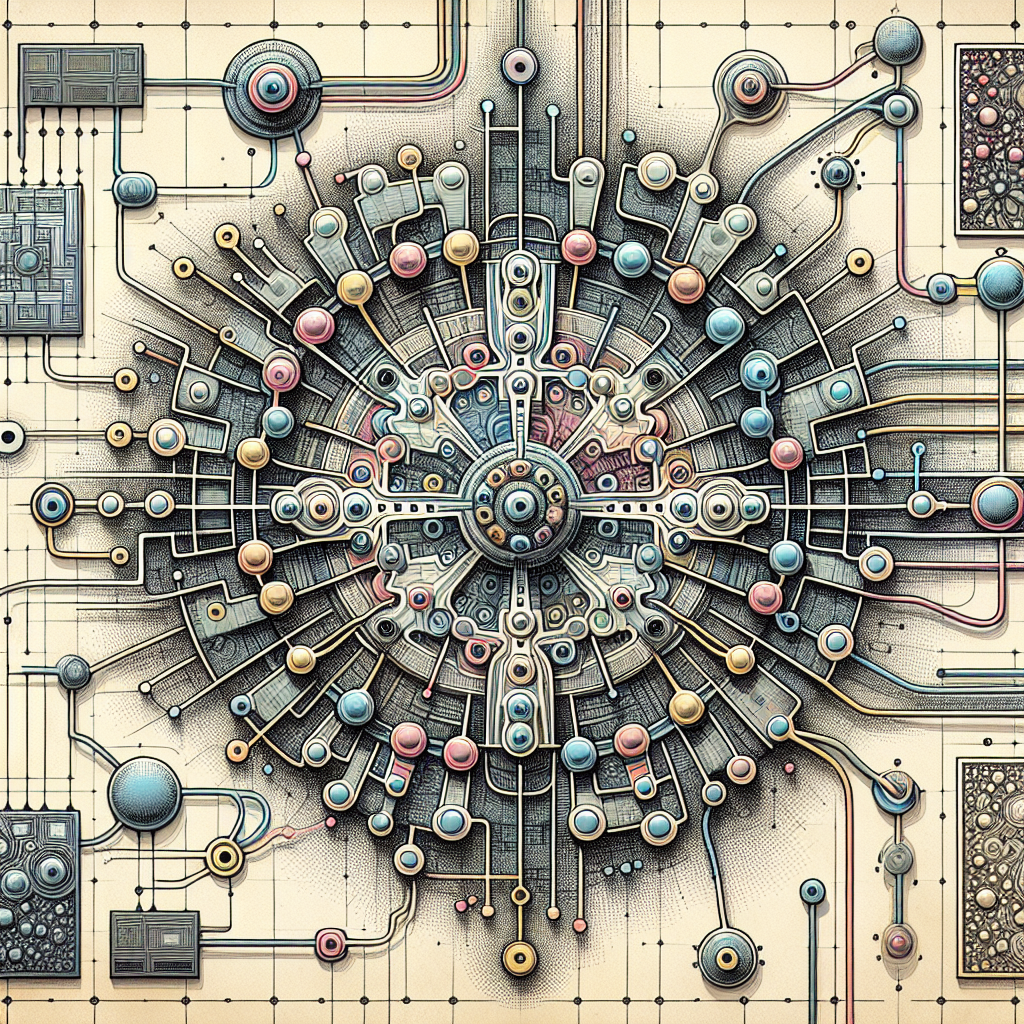Your cart is currently empty!
Harnessing the Power of Gated Architectures: A Closer Look at Recurrent Neural Networks

In recent years, recurrent neural networks (RNNs) have emerged as a powerful tool in the field of artificial intelligence, particularly in tasks involving sequential data such as natural language processing, speech recognition, and time series prediction. One key aspect of RNNs that has contributed to their success is the use of gated architectures, which allow the network to selectively update and forget information as it processes each input.
Gated architectures were first introduced in the form of long short-term memory (LSTM) units, which were designed to address the vanishing gradient problem that can occur in traditional RNNs. The vanishing gradient problem occurs when gradients become extremely small as they are backpropagated through many layers of a neural network, making it difficult for the network to learn long-range dependencies in sequential data. LSTM units use a combination of gating mechanisms to control the flow of information through the network, allowing it to retain relevant information over long time periods.
One of the key components of LSTM units is the forget gate, which determines how much of the previous cell state should be retained and how much should be forgotten. The forget gate takes the previous cell state and the current input as input, and outputs a value between 0 and 1 that determines the amount of information that should be retained. This allows the network to selectively update its memory based on the current input, enabling it to learn long-range dependencies more effectively.
Another important component of LSTM units is the input gate, which determines how much of the current input should be added to the cell state. The input gate takes the current input and the previous hidden state as input, and outputs a value between 0 and 1 that determines how much of the input should be added to the cell state. This allows the network to selectively update its memory based on the current input, enabling it to adapt to changing input patterns.
By using gated architectures like LSTM units, RNNs are able to effectively capture long-range dependencies in sequential data, making them well-suited for tasks such as language modeling, machine translation, and speech recognition. In recent years, researchers have also developed more advanced gated architectures such as gated recurrent units (GRUs), which are simpler and more efficient than LSTM units while still being able to capture long-range dependencies.
Overall, the use of gated architectures has been instrumental in harnessing the power of RNNs for a wide range of applications. By allowing the network to selectively update and forget information as it processes each input, gated architectures enable RNNs to effectively capture long-range dependencies in sequential data, making them a valuable tool for solving complex AI tasks.
#Harnessing #Power #Gated #Architectures #Closer #Recurrent #Neural #Networks,recurrent neural networks: from simple to gated architectures

Leave a Reply